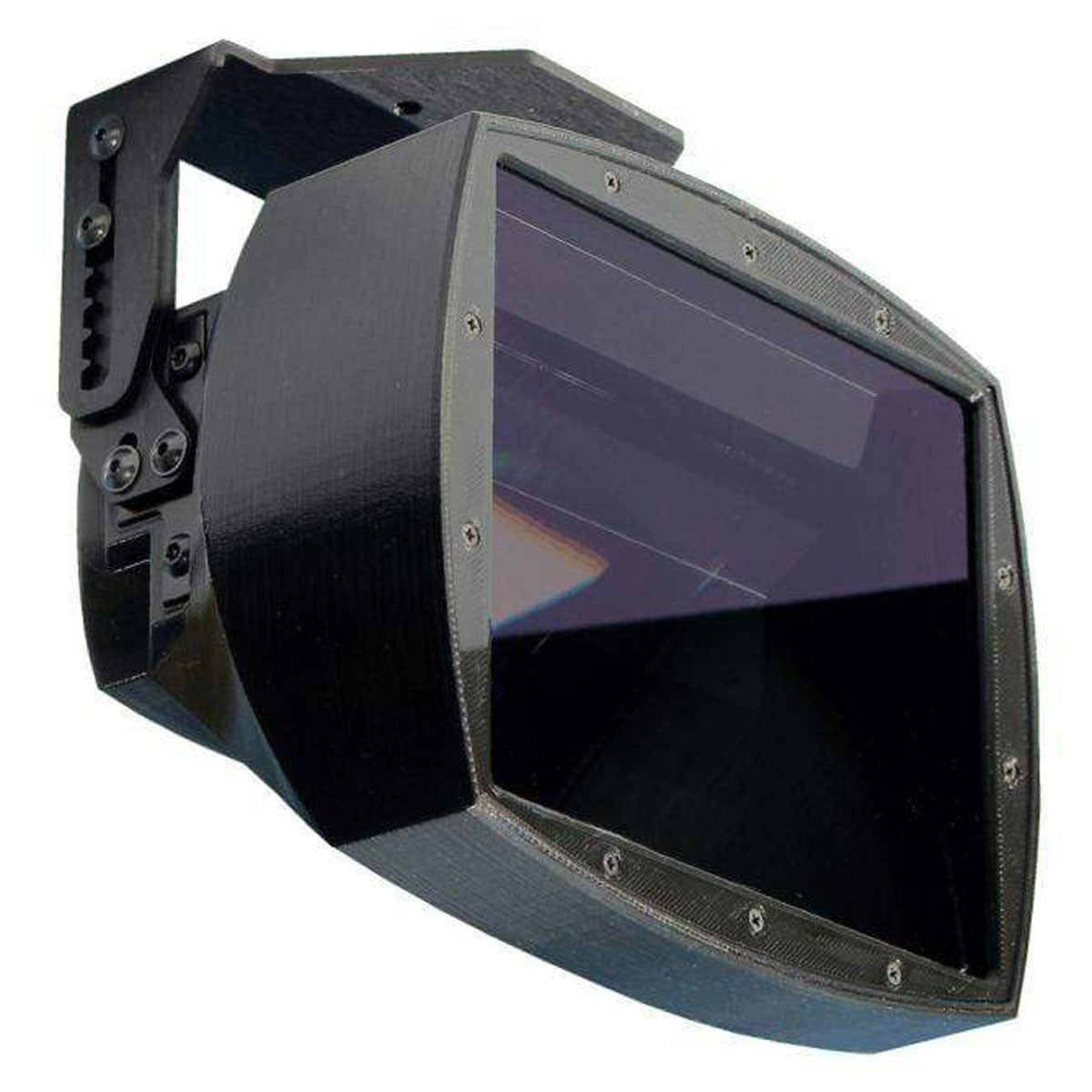What Projector Specs Really Matter and Why
It Is Not Just About The Lumens
It can be really easy to get caught up in a projector's lumen level or brightness level. Remember that many office projectors have high lumens for conference rooms but are terrible at producing great colors or handling movie motion, so you have to look at more than just the lumens.
Look for a Great Video Processor
The processor is a key component in producing a lifelike picture. The problem is, nothing really shows up in the specs to tell you whether the processor is good or bad. You might think that contrast would be one factor you could measure, but there is no standard for measuring contrast and the numbers are all over the map.
The top projector manufacturers invest heavily in great video processors which handle motion, producing a wide color spectrum with millions of colors, contrast, and more. Generally speaking, you get what you pay for in this area.
The Type of Lens Is Important
If you are into photography, you know how important the lens in a camera is. The same holds true for projectors. The better the lens, the more clarity you will get in your image. Better lenses also hold the clarity all the way to the edges of the screen, so there is no blurring in the corners. Generally, glass lenses are superior to other formats, although some companies use an interesting combination of both. Some projector companies are even in the business of producing high-end camera lenses and have a lot of experience in this regard.
This is an area where inexpensive projectors really cut corners, and you will not find out about it until you start wondering why your image only looks good towards the center of the screen.
Gaming Considerations
If you are into video gaming, you will want to find a projector that has an input lag reduction feature for gaming. Turning on this feature will minimize latency but usually has to reduce image processing to achieve low input lag. So there is some sacrifice in the image quality while input lag is reduced. If you are a gamer, look for a projector where you can turn input lag reduction on for gaming and turn it off for watching movies.
Refresh rate increases always seem to be led by the gaming industry. If you want to be on the cutting edge, check out the latest refresh rate for the current video game consoles and look for projectors to handle that rate.
HDR
HDR stands for High Dynamic Range. This format gives us an even wider range of colors and bigger differences between the blackest blacks and the whitest whites for an even more lifelike picture. The drawback of HDR is that it requires much more light output and a better video processor to produce a great result. If the projector can not do both of these, you may not even prefer the HDR image and think SDR (Standard Dynamic Range) looks better. With so much content coming out in HDR, this feature is becoming a must-have for a quality projector. If the model you are looking at does not brag about its HDR processing or tone mapping, that likely means the video processor is not very good.
When you are using our projector tool, the brightness bar will tell you if the projector, screen size, and throw distance give you an acceptable HDR light level.
Multi-Chip Projectors
Let’s talk briefly about single-chip versus multi-chip projectors. The top theater projectors all are multi-chip, typically three, so they can produce beautiful discrete colors even with full movie motion. You will sometimes see cheaper projectors from second-tier brands with high lumen levels and not understand why they are so much cheaper. Oftentimes, these are older technology single-chip projectors that you want to stay away from. These are capable of a very bright image, but they fall apart when the image has fast motion, and you see all kinds of artifacts and halo effects. These are not good for home theater, and consequently, you won’t find them in our list of projectors in the home theater design tool.
Pixel Shift
Pixel Shift is a way to simulate a higher resolution image than the projector can produce natively. As technology advances, we usually see some brands use pixel shift to come closer to the current spec before they actually launch projectors with the newest spec. Done right, pixel shift can work pretty well, but don’t fool yourself into thinking you are getting a true 4K or 8K or whatever projector if there is a “shift” or something similar in the technology description. You can always look at the native resolution of the projector to find the truth. If you have the budget, you would rather get a truly 4K or 8k projector.
Lamp or Laser
Laser projectors used to only be at the very high end of the price range but are coming down in price. They usually offer a brighter image and a longer life than a lamp. Most lamp-type projectors will need a new lamp every 1,000-4,000 hours, whereas laser projectors last around 20,000 hours. There is just something more realistic about the image you get from a laser projector. But again, you get what you pay for. If you see a very inexpensive laser projector, the manufacturer has likely cut corners on everything else.
Let's summarize the takeaways here. First, the market for home theater projectors is very competitive, so you generally get what you pay for. If you have room in your budget for a top-of-the-line projector, you will usually want to buy a projector from one of the top names like Sony or JVC. These projectors will generally have great processors, lenses, HDR, and motorized lens shift, so the best of all worlds. If you find that these are outside your budget for the brightness level you need, most people will shift down to a projector with high lumens but use pixel shift to simulate the full resolution. We have projectors at each level in our home theater design tool, so you can easily find the right projector for your budget that works in your room.
Now let’s cover two last items: the first is when to use ultra short throw projectors versus normal projectors, and the second is the key things to understand about projector screens.
Short Throw Projectors
Short-throw projectors allow you to put the projector on a cabinet close to the wall. Most of them are pretty bright and can work well in a room with some light, but you will be limited to a smaller screen size than you can get with a standard projector. But you can still get a very immersive experience in many rooms.

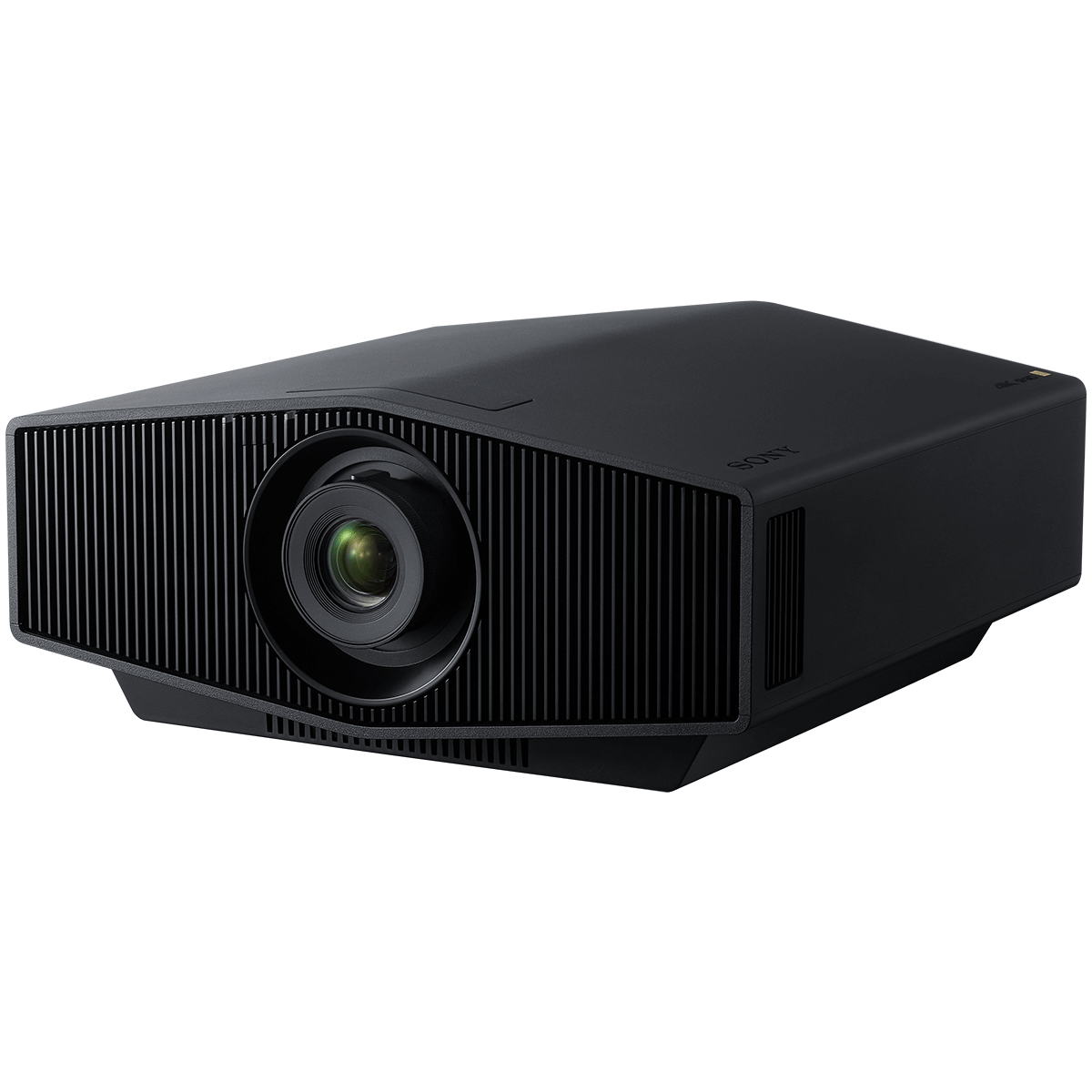
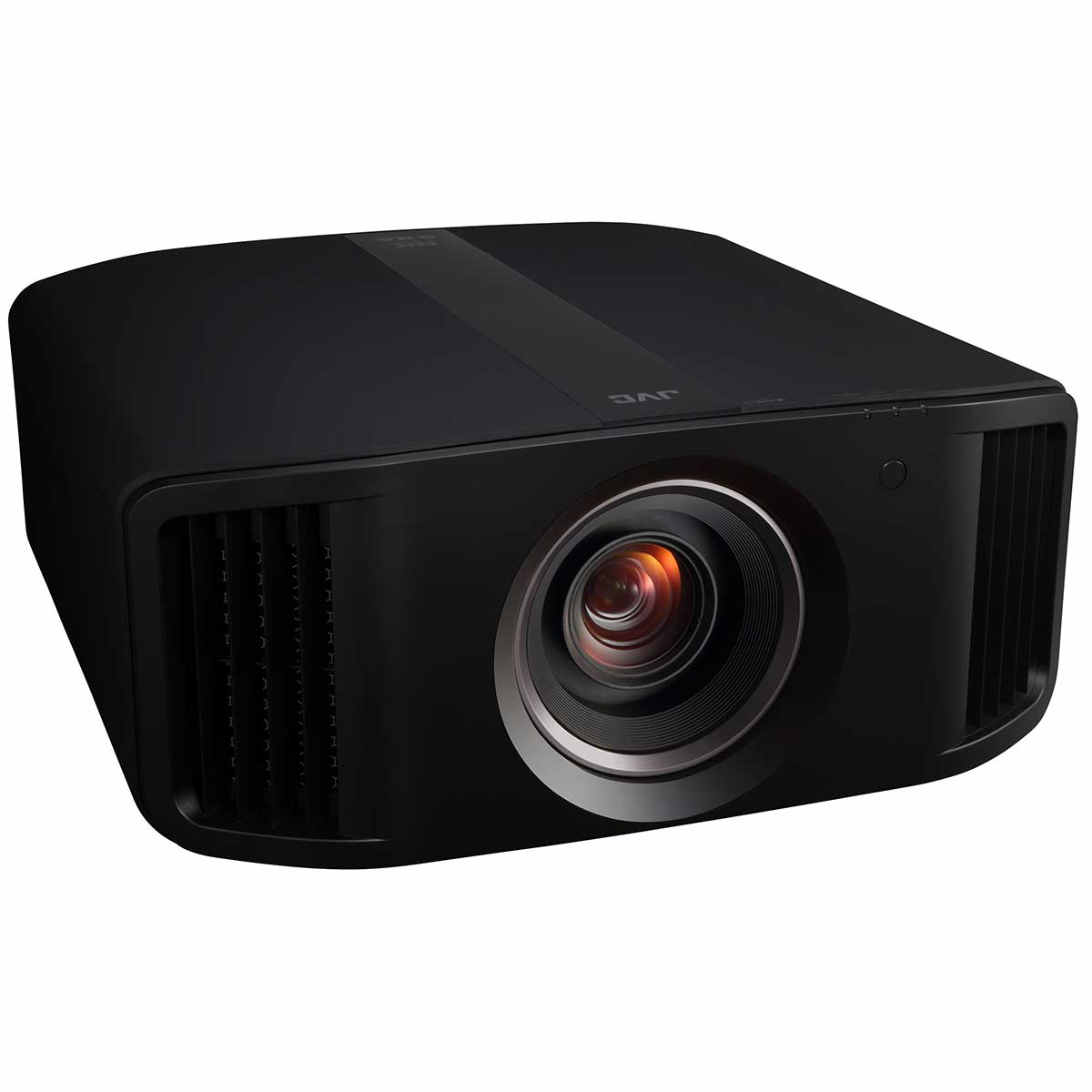
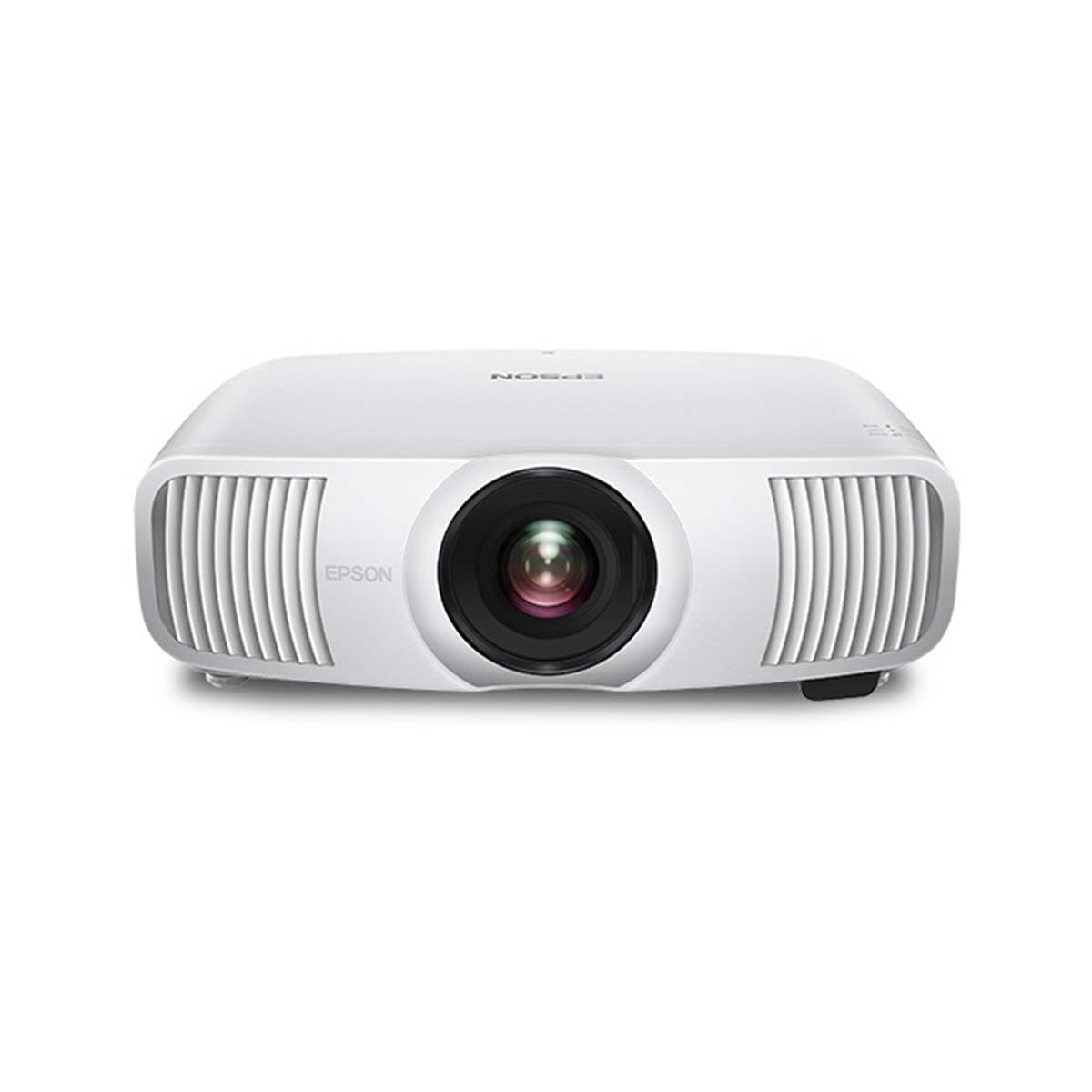
























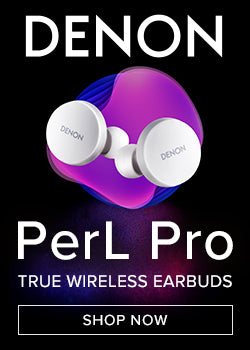










 Home Theater
Home Theater Speakers
Speakers Tower Speakers
Tower Speakers
 Bookshelf Speakers
Bookshelf Speakers
 Center Channel Speakers
Center Channel Speakers
 Wall & Ceiling Speakers
Wall & Ceiling Speakers
 Surround Speakers
Surround Speakers
 Dolby Atmos Speakers
Dolby Atmos Speakers
 Subwoofers
Subwoofers
 Soundbars
Soundbars
 Speaker Stands & Mounts
Speaker Stands & Mounts
 Components
Components Home Theater Receivers
Home Theater Receivers
 Surround Sound Processors
Surround Sound Processors
 Power Amps
Power Amps
 Movie Sources
Movie Sources
 TVs & Projectors
TVs & Projectors Televisions
Televisions
 Projectors
Projectors
 Projector Screens
Projector Screens
 TV & Projector Mounts
TV & Projector Mounts
 Seating & Furniture
Seating & Furniture Home Theater Seating
Home Theater Seating
 Media Cabinets
Media Cabinets
 A/V Racks & Shelves
A/V Racks & Shelves
 Accessories
Accessories
 Acoustic Treatments
Acoustic Treatments Absorption Panels
Absorption Panels
 Bass Trap Panels
Bass Trap Panels
 Diffusion Panels
Diffusion Panels
 Acoustic Treatment Packages
Acoustic Treatment Packages
 Cables & Accessories
Cables & Accessories HDMI Cables
HDMI Cables
 Analog Cables
Analog Cables
 Digital Cables
Digital Cables
 USB Cables
USB Cables
 Speaker Cables
Speaker Cables
 Subwoofer Cables
Subwoofer Cables
 Power Management
Power Management
 Featured & Deals
Featured & Deals Best Sellers
Best Sellers
 Sale
Sale
 Home Audio
Home Audio Outdoor Speakers
Outdoor Speakers
 Portable & Bluetooth
Portable & Bluetooth
 Wireless Speaker Systems
Wireless Speaker Systems
 Computer Speakers
Computer Speakers
 Powered Speakers
Powered Speakers
 Integrated Amplifiers
Integrated Amplifiers
 Power Amplifiers
Power Amplifiers
 Stereo Preamplifiers
Stereo Preamplifiers
 Stereo Receivers
Stereo Receivers
 Streaming Media Players
Streaming Media Players
 Digital-to-Analog Converters
Digital-to-Analog Converters
 CD Players
CD Players
 Outdoor Entertainment
Outdoor Entertainment Outdoor Subwoofers
Outdoor Subwoofers
 Turntables
Turntables Manual
Manual
 Automatic
Automatic
 Phono Cartridges
Phono Cartridges Moving Coil
Moving Coil
 Moving Magnet
Moving Magnet
 Moving Iron
Moving Iron
 Mono
Mono
 Phono Preamps
Phono Preamps MC Compatible
MC Compatible
 MM Compatible
MM Compatible
 Record Cleaning & Care
Record Cleaning & Care Stylus Care
Stylus Care
 Cleaning Machines
Cleaning Machines
 Record Cleaning Fluid
Record Cleaning Fluid
 Record Sleeves
Record Sleeves
 Isolation Systems
Isolation Systems Turntable Setup Tools
Turntable Setup Tools
 Turntable Cables
Turntable Cables
 Record Weights
Record Weights
 Turntable Mats
Turntable Mats
 Headphones
Headphones In-Ear Headphones
In-Ear Headphones
 On-Ear Headphones
On-Ear Headphones
 Over-Ear Headphones
Over-Ear Headphones
 Wireless Headphones
Wireless Headphones
 Gaming Headsets
Gaming Headsets
 Headphone Amps & DACs
Headphone Amps & DACs Digital Audio Players
Digital Audio Players
 Smart Home
Smart Home Deals
Deals Limited Time Deals
Limited Time Deals Deals by Category
Deals by Category
